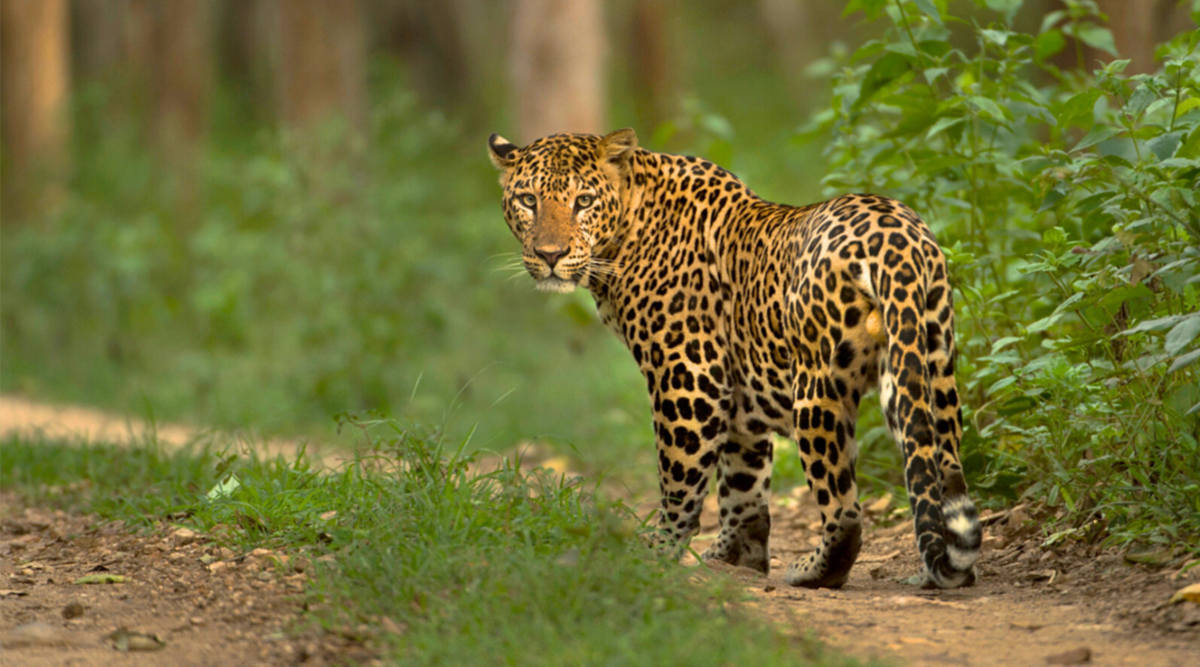Call Anytime

Destination Details

Yala National Park
Yala National Park, located in the southeastern region of Sri Lanka, stands as the country's most visited and second-largest national park, renowned for having one of the highest leopard densities in the world. Established in 1938, this wildlife sanctuary spans approximately 130,000 hectares across five blocks, with two blocks open to the public. The park's diverse landscape encompasses semi-arid plains, dense scrub forests, grasslands, freshwater and brackish lagoons, and rocky outcrops that create distinctive habitats for numerous species. Yala's star attraction is undoubtedly the elusive Sri Lankan leopard, which roams the park as the apex predator. Beyond leopards, the park hosts approximately 44 mammal species, including Sri Lankan elephants, sloth bears, water buffalo, and various deer species. The dramatic meeting of jungle and ocean along Yala's coastline creates a unique ecosystem where visitors might spot crocodiles basking near lagoons while waves crash on nearby shores.
Beyond its mammalian wildlife, Yala National Park boasts exceptional biodiversity with over 215 bird species, making it a paradise for birdwatchers. During the migratory season, the park's lagoons fill with flamingos, pelicans, and other water birds, while endemic species like the Sri Lanka grey hornbill and jungle fowl can be spotted year-round. The park also holds significant historical and cultural value, with ancient Buddhist ruins scattered throughout, including the 2nd-century BCE Sithulpawwa monastery. These archaeological sites hint at civilizations that once thrived in what is now wilderness, adding a fascinating historical dimension to the natural experience. The park's coastal areas still bear the scars of the 2004 tsunami, serving as a somber reminder of nature's power.
Yala continues to draw wildlife enthusiasts and nature photographers from around the globe, offering an authentic safari experience in the heart of Sri Lanka. The combination of diverse ecosystems, high wildlife density, and the thrill of leopard tracking creates an unforgettable wilderness adventure. Despite its popularity and the resulting jeep congestion during peak seasons, the park remains a conservation stronghold and a vital sanctuary for Sri Lanka's precious endemic species, showcasing the country's commitment to preserving its natural heritage.
Highlights
➡️ Track Leopards on Safari: Embark on a guided jeep safari through the park's Block 1 (Ruhuna), famous for having one of the world's highest leopard densities. Early morning or late afternoon drives offer the best chances of witnessing these majestic cats lounging on rocks or hunting in the grasslands.
➡️ Observe Asian Elephants: Encounter wild herds of Sri Lankan elephants, a distinct subspecies of the Asian elephant. Watch these gentle giants feeding, bathing in waterholes, or moving through the scrubland, often with playful calves in tow.
➡️ Spot Diverse Wildlife: Keep your eyes peeled for sloth bears, golden jackals, mugger crocodiles, water buffalo, and various deer species including spotted deer, sambar, and the diminutive mouse deer. The park's variety of habitats supports an impressive diversity of mammals.
➡️ Birdwatching Expeditions: Delight in spotting over 215 bird species, including six endemic to Sri Lanka. The park's wetlands attract numerous aquatic birds, while open areas are perfect for spotting raptors like the white-bellied sea eagle and crested serpent eagle.
➡️ Visit Ancient Ruins: Explore the historical Sithulpawwa Rock Temple, an ancient Buddhist monastery dating back over 2,000 years. The site offers both cultural insights and panoramic views of the surrounding wilderness from its elevated position.
➡️ Discover Coastal Landscapes: Experience the unique coastal sections of the park where jungle meets ocean. These areas feature rocky outcrops, stunning beaches, and lagoons where saltwater crocodiles bask in the sun near the shore.
➡️ Photograph Scenic Landscapes: Capture the diverse scenery of Yala, from dramatic granite rock formations to serene waterholes reflecting the sky. The golden light of early morning and late afternoon creates perfect conditions for landscape photography.
➡️ Take a Night Safari: For a different perspective, arrange a specialized night safari along the park boundary. Using spotlights, guides can help visitors spot nocturnal creatures including lorises, civets, and nightjars.
➡️ Stay at a Luxury Safari Camp: Experience the wilderness in comfort by staying at one of the luxury tented camps or eco-lodges bordering the park. Many offer expert naturalists, gourmet dining, and accommodation with views of watering holes frequented by wildlife.
➡️ Support Conservation Efforts: Learn about the ongoing conservation challenges and initiatives in Yala by visiting the visitor center or participating in educational programs offered by some tour operators that focus on sustainable wildlife tourism and anti-poaching efforts.

